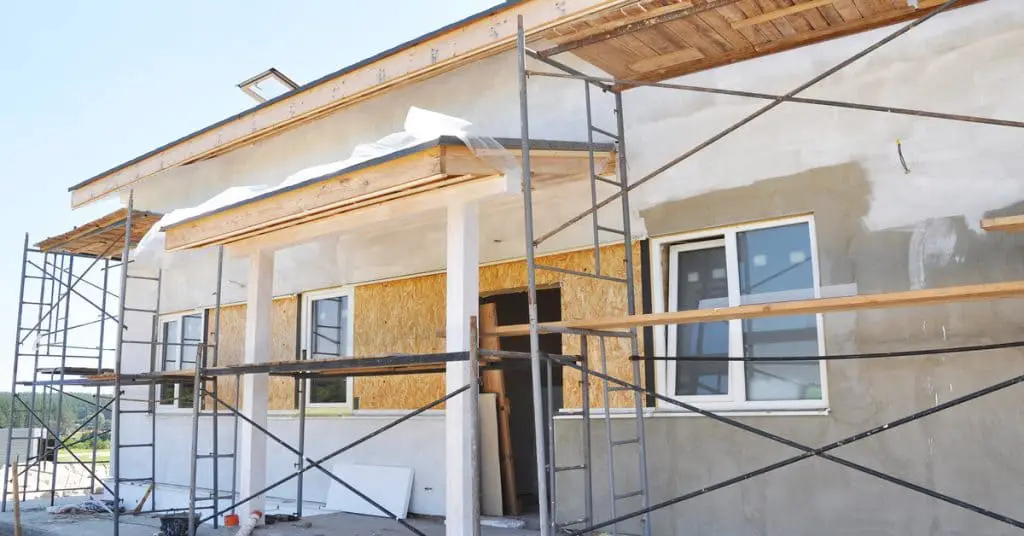Increasing the amount of insulation in your home may provide you with a variety of benefits. You can successfully reduce the amount of money you spend on heating and cooling your home on a monthly basis by installing energy-saving measures and keeping the temperature comfortable. If you do this, you will contribute to a more sustainable living environment. However, the cost of insulating a home can sometimes be a deterrent to making any desired changes. In this post, WoodVeneerHub, a firm that specialises in 3D Wall Panels, discusses a variety of affordable and efficient insulating choices.
Conduct a complete energy audit.
Before you consider installing insulation, you need to identify the important areas of your home where heat is being wasted. Customers can usually get free or significantly reduced-cost energy evaluations from their utility providers.
An audit will help you determine which sections of your home require the greatest repair. As a result, you will be able to concentrate your efforts and invest your money in the areas that will produce the best results.
You should verify that all doors and windows are securely closed.
There are various factors that contribute to energy inefficiency in residential structures, one of which is the presence of air leaks and cracks at points where air can enter, such as windows and doors. Installing weather stripping is a low-cost and efficient approach to improve the insulation of your home. If you simply follow the instructions on the packet, you should be able to finish this exercise on your own.
If you want to cover your windows, choose heat-reflective materials.
When it comes to keeping your home warm throughout the winter, adding window insulating film to the inside of your individual windows is a cost-effective and practical solution. Window film can help avoid condensation, save energy, and prevent heat loss via the windows.
Consider utilising draft excluders.
During the winter, putting draft excluders on the bottoms of doors and window sills is a simple and inexpensive solution. This creates a more balanced circulation by enabling warm air to circulate while reducing the amount of cold air that departs.
In addition to the numerous possibilities for purchasing draft excluders, you may design your own draft excluders to complement the style and colour scheme of your interior space.
Consider increasing your loft’s insulation to improve energy efficiency.
The loft is an important room in your home since it allows heat to readily escape. One of the most efficient ways to improve your home’s energy efficiency is to add more insulation to your loft.
If you decide to handle your loft insulation, you can choose from a variety of insulating materials.
Insulating water heaters and pipes is a necessary step.
Insulating the space around your water heater and the pipes that provide hot water is a frequently disregarded option, even though it can bring substantial advantages. It is thought that this will lower the amount of energy required to heat the water.
Water heater insulation blankets and foam pipe insulation are inexpensive and simple to install. Insulation blankets are a great option for pipes. Because of the impact on your monthly energy bill, you should be able to quickly recoup the cost of the investment.
Take some time to consider your home’s drapes, carpets, and rugs.
Thick carpets, drapes, and rugs can help insulate your home and prevent heat loss through the floors and windows. This option is ideal for renters with a low budget.
Conduct research on energy grants.
Governments and energy suppliers offer a number of incentives, such as rebates, subsidies, and tax breaks. If you are considering house insulation, you should first look into the options available in your area.
To summarise, it is possible to improve the energy efficiency of your home without completely exhausting your savings account. It is possible to properly protect your property and reduce energy waste by deploying advanced and cost-effective solutions. This not only results in huge financial savings, but also increases the level of comfort in your home.


